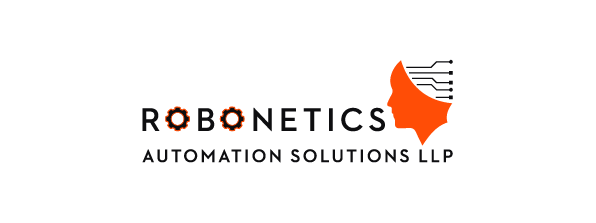FAQs
You got a question? We have an answer.
Basics of Automation Industry
An overview of what encompasses in an automation solution providers offerings and a basic introduction of it.
Industrial automation reduces human intervention and hence negates human errors, which increases efficiency, frees staff for more value-added tasks, enhances safety, and increases productivity.
DCS systems are more flexible than traditional control systems, making it easier to adapt to changes in the process, reduce downtime, and also it requires less maintenance than any traditional system.
OT security in industrial automation is implemented through robust measures such as network segmentation, regular vulnerability assessments, and strict access controls. Industrial firewalls, intrusion detection systems, and regular updates to software and firmware are the key components.
An electronic logbook in industrial automation serves as a digital record-keeping system, documenting equipment status, maintenance activities, and operational events. It offers real-time data access, simplifies compliance reporting, and enhances collaboration among teams. This streamlined approach improves efficiency, accuracy, and decision-making across industrial processes.
Virtualization in industrial automation refers to creating virtual instances of hardware and software systems, and consolidating them onto fewer physical machines. This optimizes resource utilization, reduces hardware costs, simplifies maintenance, and enhances system scalability, leading to improved operational efficiency and flexibility.
Energy Management Utility Monitoring in automation involves tracking and analyzing energy consumption patterns within industrial processes. This is achieved by integrating smart sensors, meters, and software solutions that provide real-time data on energy usage. This actionable insight enables businesses to identify inefficiencies, optimize consumption, and reduce costs while contributing to sustainable operations.
Process optimization offers streamlined operations, reduced costs, and enhanced productivity. It minimizes waste, improves resource utilization, and ensures consistent quality. By identifying bottlenecks and inefficiencies, businesses can make informed decisions, boost competitiveness, and achieve sustainable growth.
Batch processing involves executing tasks in predefined groups or batches. Here data or items are processed sequentially, often with automated workflows. This approach enhances consistency, reduces manual intervention, and improves resource allocation. It helps in increasing efficiency, streamlining production, and minimizing errors, making it ideal for industries like manufacturing and pharmaceuticals.
Digital transformation includes integrating IoT devices, data analytics, cloud platforms, AI, and automation solutions. It optimizes operations, enhances decision-making, enables predictive maintenance for increased efficiency, and helps businesses stay ahead of the competition.
IIoT is implemented through sensors, connectivity, and cloud platforms. Devices collect data and transmit it to centralized systems, enabling real-time monitoring and analysis for correct decision-making. The future trends include edge computing, AI integration, enhanced cybersecurity, and 5G connectivity. These advancements will drive seamless data processing, predictive insights, and make process sustainable.
TECHNOLOGY PARTNERS







LOOKING TO INCREASE EFFICIENCY & PRODUCTIVITY?
Then we are the automation solution provider that you are looking for.
